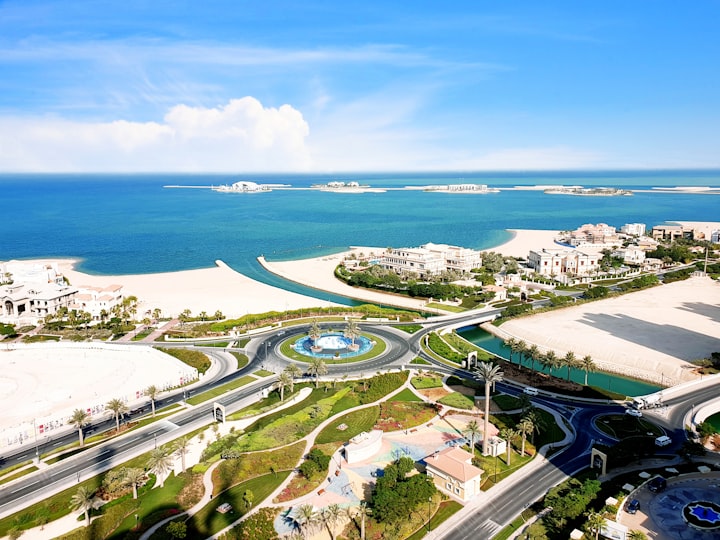
The history of the area now known as China has alternated between periods of united prosperity and cathartic division. The heartland of classical Chinese civilization is the Yellow River valley. The Yangtze River valley is also integral to the history of China, and still maintains a rich diversity of ethnic and linguistic minorities. The traditional lens for viewing Chinese history is the dynastic cycle: imperial dynasties rise and fall, and are ascribed certain achievements. Throughout pervades the narrative that Chinese civilization can be traced as an unbroken thread many thousands of years into the past, making it one of the cradles of civilization. At various times, states representative of a dominant Chinese culture have directly controlled areas stretching as far west as the Tian Shan, the Tarim Basin, and the Himalayas, as far north as the Sayan Mountains, and as far south as the delta of the Red River.
Approximate territories controlled by the various dynasties and states throughout the history of China
During the Neolithic period, increasingly non-parochial societies began to emerge along the Yellow and Yangtze rivers. In the north, varieties of millet constituted the primary agricultural staple of those inhabiting the Yellow River valley, while the cultivation of rice predominated on the Yangtze further to the south. It has been a major goal of contemperary Chinese archaeology to establish the nature of the relationship, if any, between the material cultures appearing in the archeological record and accounts from traditional Chinese historiography. For example, the Erlitou culture existed throughout the central plains of China during the era traditionally attributed to the Xia dynasty by Chinese historiographers, as detailed in foundational works like the Records of the Grand Historian—a text written around 1700 years after the date it assigns to the fall of the Xia.
The earliest surviving written Chinese dates to roughly 1250 bce, from the time of Shang dynasty king Wu Ding. This religious writing records divinations inscribed on oracle bones. Chinese bronze inscriptions, ritual texts dedicated to deceased ancestors, form another large corpus of early Chinese writing. The earliest strata of received literature in Chinese include poetry, divination, and records of official speeches. China is believed to be one of a very few loci of independent invention of writing, and the earliest surviving records display a written language already mature.
The culture remembered by the earliest extant literature is Zhou dynasty (c. 1046 bce – 256 bce), described as a confederation or a kin-based settlement state. During this axial age of early China, the aristocratic state gave way to bureaucratization, chariot-based warfare was superseded by infantry, the earliest classical texts took shape, the political theory of the Mandate of Heaven was introduced to legitimate monarchical rule, thinkers such as Confucius lived, and philosophies such as Taoism and Legalism were first articulated.
China was first united as a single state under Qin Shi Huang in 221 bce. Orthography, weights, measures, and law were all standardized. Shortly thereafter, China entered its classical age with the Han dynasty (206 bce – ce 220). During this period, the Chinese empire saw some of its farthest geographical control. Confucianism was officially adopted and its core texts edited into their received forms. The father of Chinese historiography, Sima Qian, produced his seminal Records of the Grand Historian. Wealthy landholding families independent of the ancient aristocracy began to wield significant power. The earliest extant dictionary of the Chinese language was produced, the Shuowen Jiezi. Chinese science and technology during the Han dynasty could be considered on par with that of the contemporaneous Roman Empire, and China became known internationally for its silks. Mass production of paper aided the proliferation of document making, and the written language of this period was used in most genera for millennia afterwards. The Han dynasty marks a critical period in Chinese self-conception: one term for the Chinese language is still "Han language", and the dominant Chinese ethnic group often call themselves "Han people".
After a long stretch of political unity, notwithstanding a short usurpation around the turn of the millennium, the Chinese imperial order collapsed in the final decades of the 100s ce, and apart from a brief unification, China was divided for centuries. Buddhism entered from India, and had a significant impact on Chinese culture thereafter. Calligraphy, art, historiography, and storytelling flourished. Wealthy families gained even more power in comparison to the central government. The Yangtze River valley was incorporated into the dominant cultural sphere. Few records survive from these turbulent times, sometimes understatedly called the Six Dynasties.
The realm was united again in the late 500s ce, and as before the unifying dynasty soon gave way to a long-lived successor: the Tang dynasty (608–907). Regarded as another golden age of Chinese civilization, the Tang dynasty saw flourishing developments in science, technology, poetry, economics, and geographical influence. China's first officially recognized empress, Wu Zetian, reigned during the first century of the dynasty. Buddhism was officially adopted by the imperial rulers, while orthodox Confucianism was articulated by scholars such as Kong Yingda and Han Yu. "Tang people" is the other most common demonym for the dominant Chinese ethnic group.
After another century or so of disunity – the Five Dynasties and Ten Kingdoms period – the Song dynasty (960–1279) saw the maximal extent of imperial Chinese cosmopolitan development. Mechanical reproduction of text was introduced, and many of the earliest surviving witnesses of certain texts are wood-block prints from this era. Scientific advancements led the world, on par with the contemporaneous Khwarazmian Empire. The imperial examination system gave ideological structure to the political bureaucracy. Confucianism and Taoism were fully knit together in Neo-Confucianism. The roots of modern capitalism could be detected.
The Yuan dynasty began with Kublai Khan's conquest of China in the late 1200s. During this period, the first of the classical modern Chinese novels, Romance of the Three Kingdoms, was put to paper. Marco Polo, a European merchant who traveled along the Silk Road, reported about Yuan dynasty China.
The next great dynasty was the Ming (1368–1644). Its achievements included global exploration, fine porcelain (sometimes still known in English as "China"), and many extant public works projects, such as the restorations of the Grand Canal and Great Wall. Two of the four Classic Chinese Novels, Water Margin and Journey to the West, were written during the Ming dynasty.
The Qing dynasty succeeded the Ming. They placed ethnic Manchu officials in every important office while also adopting most features of elite Chinese culture. The most prolific poet and art collector of the period was the Qianlong emperor (r. 1735–1796), who commissioned a complete encyclopaedia of his imperial libraries, totaling nearly a billion words. His grandfather commissioned the greatest premodern dictionary of the Chinese language, the Kangxi Dictionary, completed in 1716. The land area controlled by any Chinese dynasty reached its apex during the Qing. During this period, China came into increasing contact with European powers, culminating in the Opium Wars and subsequent unequal treaties.
Empress Dowager Cixi was the final imperial ruler of China: the 1911 Xinhai Revolution, led by Sun Yat-sen and others, created the modern Republic of China. From 1927 to 1949, China was embroiled in a civil war between the forces of the Republic of China and Mao Zedong's Chinese Red Army. Mao proclaimed victory in 1949, establishing the People's Republic of China. The Republic of China government under Chiang Kai-shek retreated to Taiwan. Each government continues to claim sovereignty over both mainland China and Taiwan, with the People's Republic of China enjoying greater recognition by foreign powers, and status of Taiwan still deeply complicated.
From 1966 to 1976, the Cultural Revolution helped consolidate Mao's power at the end of his life. Since the 1980s, China has increasingly adopted capitalistic measures back into their economic policies. China was the most populous nation in the world for parts of the 20th and 21st centuries. Earlier records lack sufficient data.





Comments
There are no comments for this story
Be the first to respond and start the conversation.